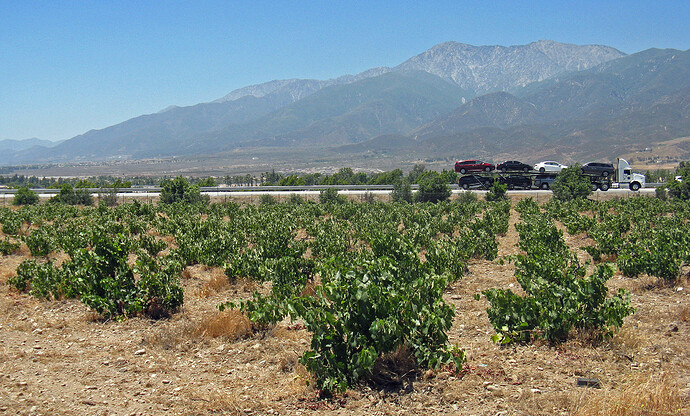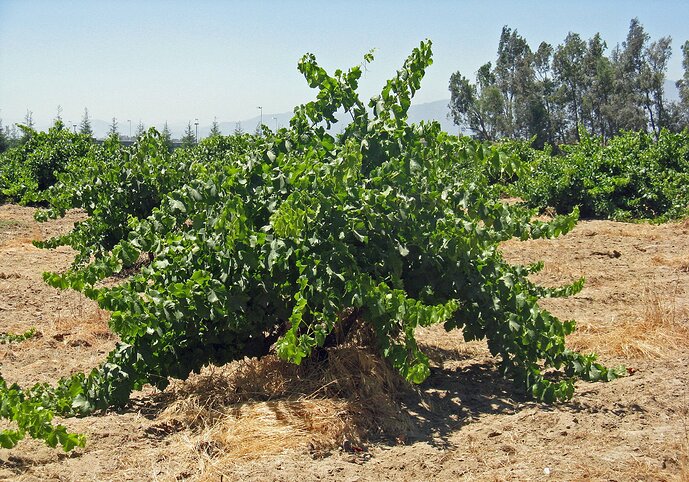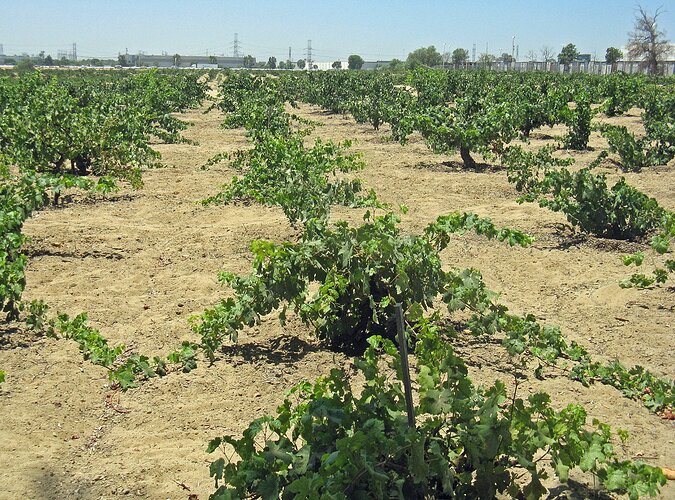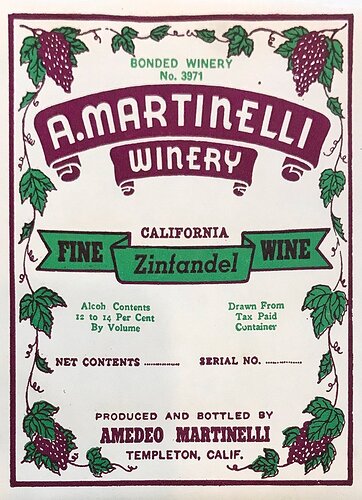![[group-hug.gif] grouphug](/uploads/db3686/original/2X/1/18b2b0dc90e418bdbff5a2b9f8ddf6011525dea6.gif) Update to Scholium Project’s work:
Update to Scholium Project’s work:
From yesterday’s email- “…The wines are truly wines of the South-- from alluvial vineyards just east of the city, in the historic Cucamonga Valley, from the sandy hills north of San Diego, from the endless plains surrounding Fresno. And from Lone Wolf, a vineyard planted on a reservation more than a hundred years ago, truly in another era, and then abandoned. The history of this area is all on the surface, yet nothing is obvious…”.
THE LOS ANGELES WINES: OUR INAUGURAL RELEASE
"These are the wines:
2019 M.E.P.P.
"Pecorino from the Ponte Vineyard in Temecula. 50% skin-fermented, 50% juice.
The name stands for ‘Modified Emidio Pepe Pecorino Protocol’-- named for the wine of one our heroes, and the touchstone for our success in this wine.
We are sending you 2 bottles of this wine.
2019 Raisin City
'Incredible bio-dynamically farmed, own-rooted, Palomino from the infinite deserts of Fresno
2019 Lopez White
"Not white at all, but we tried: a deeply colored rosé made from Zinfandel from Lopez. Foot-stomping and 3 hours of skin-contact released all of the color. The wine has the flavor and presence of a white wine in spite of its appearance.
2019 Lopez Red
"100% Zinfandel, planted in 1920 in the Cucamonga Valley just east of Los Angeles. Growing in deep sand, on their own roots, farmed organically and without irrigation. The vineyard is a natural treasure, preserved by the wonderful Galleano family.
2019 Galleano Home
"An incredible blend of ancient own-rooted vines, planted by the Galleano in 1920 for Port and Sherry production. One-third each Alicante Bousquet, Salvador, and white fruit: Palomino, Mission, and Rose of Peru. Harvested by us on the hottest day of the year, foot-stomped, co-fermented.
2019 Lone Wolf
"The treasure of our harvest. We found an own-rooted Mission vineyard, planted in 1912, and abandoned around 1960. Some vines pruned once or twice since then, almost no wine made. For sixty years. This is the first public release of a wine made from the vineyard since Prohibition.
Mission is a strange, nearly wild, grape imported and propagated by the Spanish colonists as they moved North from Chile and Peru through Mexico and California. The grape is highly variable, with a complex and untamed genetic heritage. The Mission vineyards all over California differ strongly from each other-- there was no such thing as a UC Davis clone of Mission when these vineyards were planted.
"The variety tends to produce lightly colored pink or cherry red grapes, with tiny berries on loose clusters. The fruit, seeds, and stems are all highly tannic. For this reason, the grapes have always been made mostly into white wine or very lightly colored rosé. We destemmed 70% of fruit, stomped on almost all of it, and then allowed everything to ferment together for nearly 3 weeks. The result is a lightly colored red wine that smells and tastes like nothing you have ever encountered. It is graceful and energetic in the mouth-- but shockingly tannic. It is a real wine of meditation and reflection.
2019 Red Blend
“We made 1.5 barrels of Lone Wolf and did not want to leave the second barrel half full. After a few weeks of letting it develop on its own, we tried to top it with a combination of Kirschenmann Zinfandel, Lopez Zinfandel, and Pecorino. But as we filled the barrel and kept tasting it, we decided that the new wines were swamping the delightfully strange Mission-- and stopped topping. This blend is about 50% Lone Wolf and it is good and interesting-- a wine more of the cellar than any particular vineyard.”




